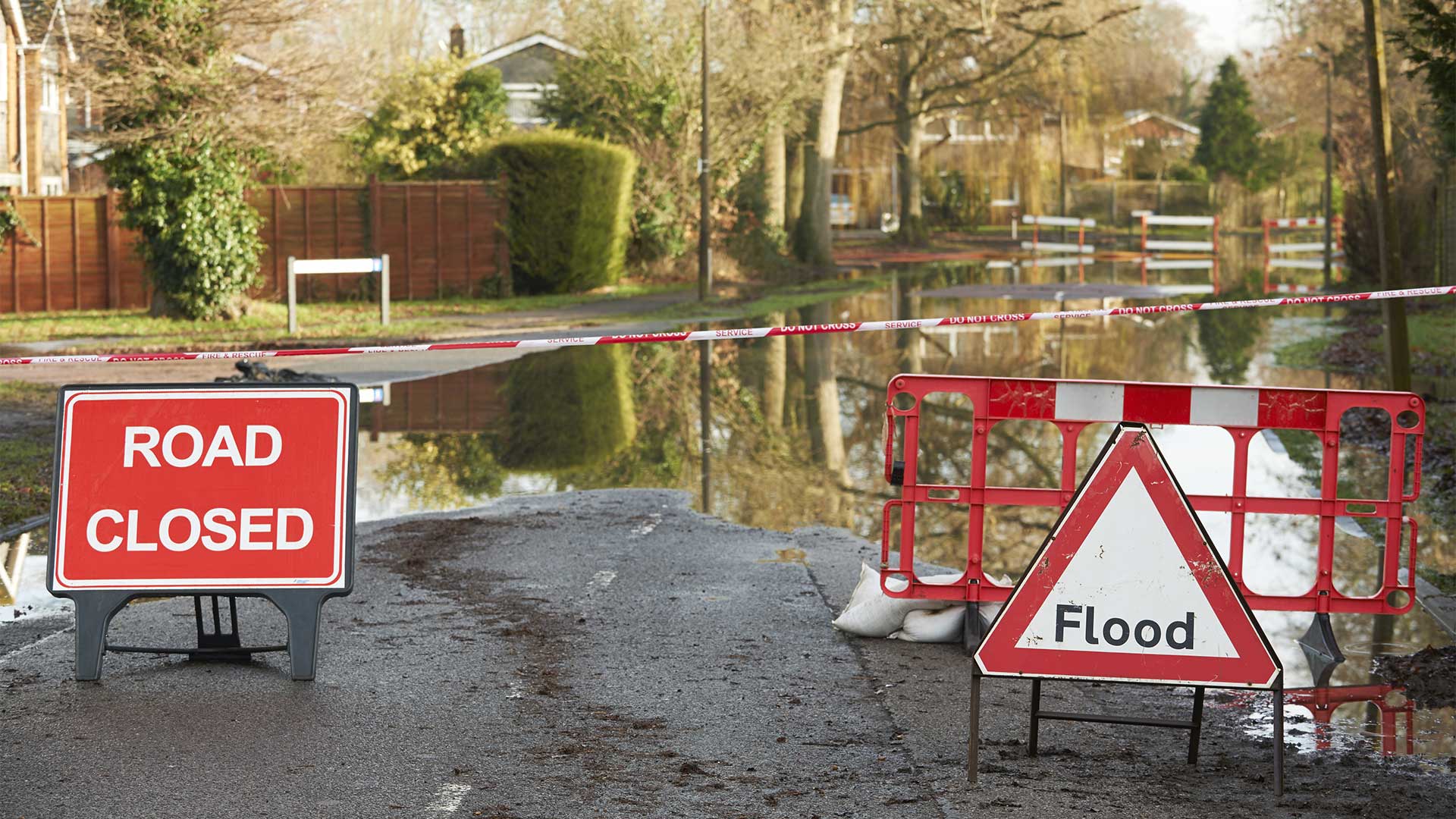The FEH22 rainfall depth-duration-frequency model is UK Centre for Ecology and Hydrology’s latest rainfall frequency estimation model, released in December 2022.
The Flood Estimation Handbook (FEH) is a guide for estimating flood frequency in the United Kingdom. The FEH is widely used in the UK for flood risk management and planning. FEH13 and FEH22 are different versions of the Flood Estimation Handbook. The handbook was first published in 2000 and later updated in 2013.
The main difference between FEH13 and FEH22 is the data and methods used to estimate flood frequency. FEH22 uses the latest data and improved methods for estimating flood frequency, including better representation of extreme rainfall events. Additionally, FEH22 includes new methods for estimating flood frequency in ungauged catchments (catchments without a historical record of streamflow data) and estimating the uncertainty of flood frequency estimates.
It is important to note that FEH22 supersedes FEH13. This means that if you’re still using FEH13 for flood risk management or planning, it is recommended to switch to FEH22 for a better and more accurate estimation of flood frequency.
Here are some of the key improvements of FEH22 over FEH13:
- Updated data: FEH22 uses the latest data, including new observations of rainfall and streamflow, to estimate flood frequency.
- Improved methods: FEH22 includes improved methods for estimating flood frequency, including better representation of extreme rainfall events.
- Estimation in ungauged catchments: FEH22 includes new methods for estimating flood frequency in catchments without a historical record of streamflow data, which is important for flood risk management and planning in areas without sufficient gauges.
- Uncertainty estimates: FEH22 provides estimates of the uncertainty of flood frequency estimates, which can be used to assess the reliability of the estimates and to support decision-making.
- Flexible to regional variations: Regional models for different regions of the UK are now included, which takes into account regional variations in climate, land use, and other factors that affect flood frequency.
- Improved interface: FEH22 includes a user-friendly interface, making it easier to access and use the data and methods.
- Improved guidance and documentation: The latest handbook clearly explains the procedures with supporting theory and results to help users understand and apply the methods effectively.
Overall, the FEH22 provides a more accurate, comprehensive, and up-to-date guidance for flood frequency estimation in the UK, which supports decision-making in flood risk management and planning.
The role of Causeway Flow in implementing FEH22
For engineers looking to implement FEH22 in their projects, Causeway Flow offers a comprehensive solution. This hydraulic modelling software is designed to seamlessly integrate the latest FEH22 methodologies, making it easier for professionals to apply these advanced techniques in their work.
Embracing FEH22 for a resilient future
The release of FEH22 marks a significant step forward in flood risk management, offering engineers the tools they need to design infrastructure that can withstand the challenges of a changing climate. By adopting FEH22 and integrating it with advanced software solutions like Causeway Flow, professionals can ensure their projects are not only compliant with current regulations but also resilient to future risks.
For engineers and planners looking to stay ahead in the field of flood risk management, embracing FEH22 is not just an option—it’s a necessity. To learn more about how Causeway Flow can support your implementation of FEH22, contact our team for a demonstration and see how our solutions can help you deliver safer, more resilient projects on time and within budget.



